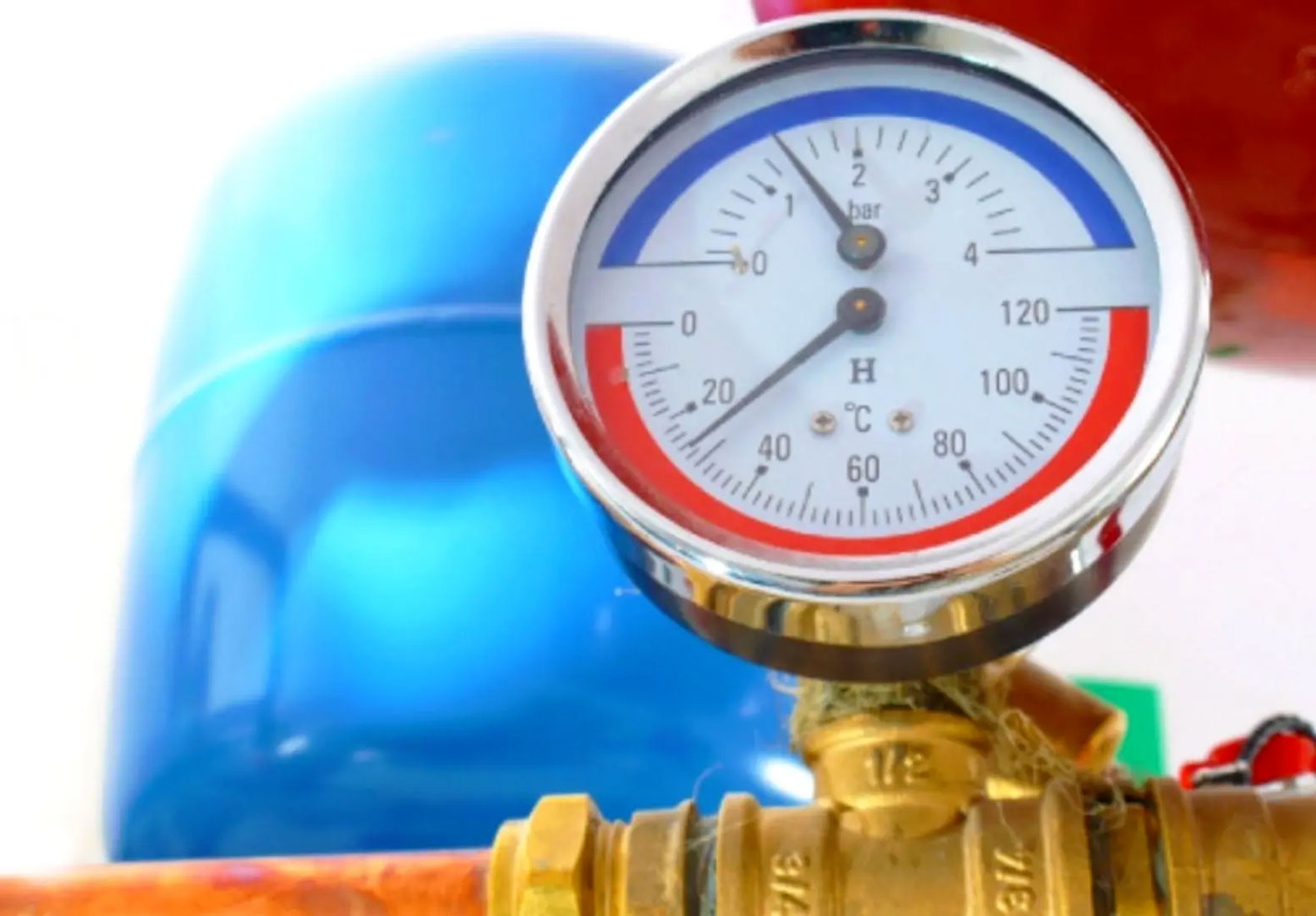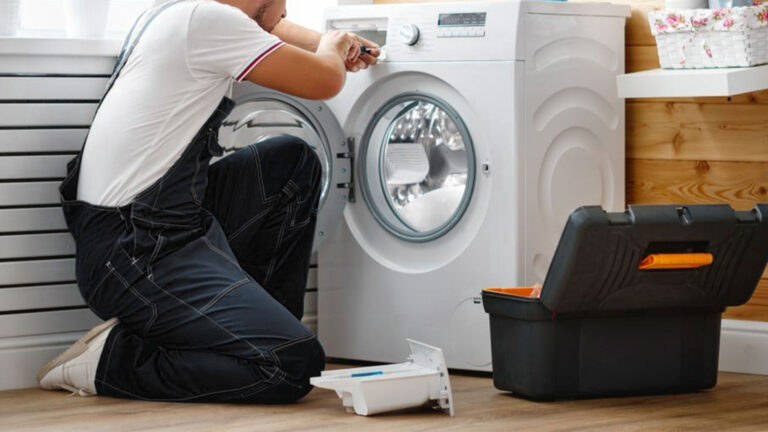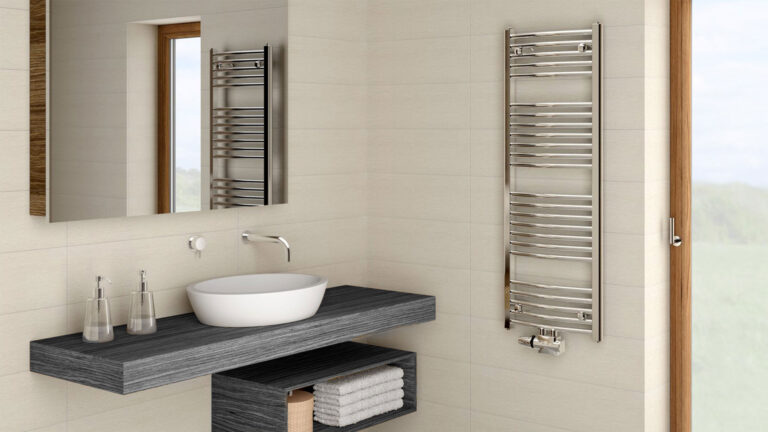What to Do in Case of a Burst Pipe?
When a pipe bursts, the damage can be considerable. Quick action is essential to limit water leaks and prevent major damage to your home.
In this article, we detail the steps to follow in case of a pipe rupture and the actions to take for temporary repairs while waiting for a professional to intervene. You’ll be prepared to handle this emergency situation calmly.
Keep in mind that safety should always come first when dealing with water and damaged pipes. If you have any doubts or if the situation seems out of control, do not hesitate to call a specialized emergency plumber.

- Turn Off the Water as Soon as a Leak is Detected
The first step is to immediately shut off the water supply. Locate your home’s main shut-off valve (usually under the kitchen sink or near the main water connection) and turn off the water to stop the flow.
To reduce pressure in the pipes and prevent further leaks, consider:
- Opening all cold water faucets
- Flushing each toilet at least once
- Turning off the water heater
- Opening the hot water taps to completely drain the pipes
Once the water is turned off, you can safely assess the damage.
- Locate the Leak and Assess the Damage
After turning off the water, it is crucial to find the exact location of the rupture and analyze the extent of the damage.
If the leak is minor, a temporary repair may suffice. However, for a cracked or broken pipe, it is better to call a professional to ensure a safe replacement.
Signs of a burst pipe:
- Wet spots or puddles near the leak
- Unusual noises in the pipes when opening faucets
- Damp, discolored, or moist walls or ceilings
To prevent mold and limit damage, quickly dry the areas affected by water.
- Perform a Temporary Repair
For small leaks, it is possible to make a temporary repair while waiting for the plumber to arrive.
For Small Cracks:
Required Materials:
- A long garden hose
- Hose clamps or sturdy handles
Procedure:
- Measure the crack and cut the garden hose, leaving a 10 cm margin on each side.
- Slide the hose over the cracked area.
- Secure tightly with clamps to prevent water from leaking.
For Larger Cracks:
- Use a hacksaw to remove the damaged section.
- Replace the cut segment using spacers and sealing products.
- Avoid over-tightening compression nuts to prevent worsening the leak.
- Additional Tips for Temporary Repairs
- For plastic or copper fittings, use plumber’s tape around the connection and tighten with a wrench.
- If you have a temporary repair kit, follow the instructions carefully.
- Keep in mind that these temporary solutions do not replace professional intervention.
- Test the Repair Before Reusing Water
Before resuming normal water use, it is important to test the strength of the repair:
- Slowly reopen the main valve.
- Check carefully if any leaks persist.
- If everything seems in order, use water cautiously until the professional plumber arrives.
In Case of a Leak in the Walls or Ceiling
Water infiltration in walls or ceilings absolutely requires the intervention of an expert, such as Art Plombier Paris. These hidden leaks can cause serious structural damage, necessitating professional care.
Conclusion
By following these simple steps, you can minimize damage in the event of a pipe rupture. Do not hesitate to quickly contact a professional for a lasting and safe repair.







